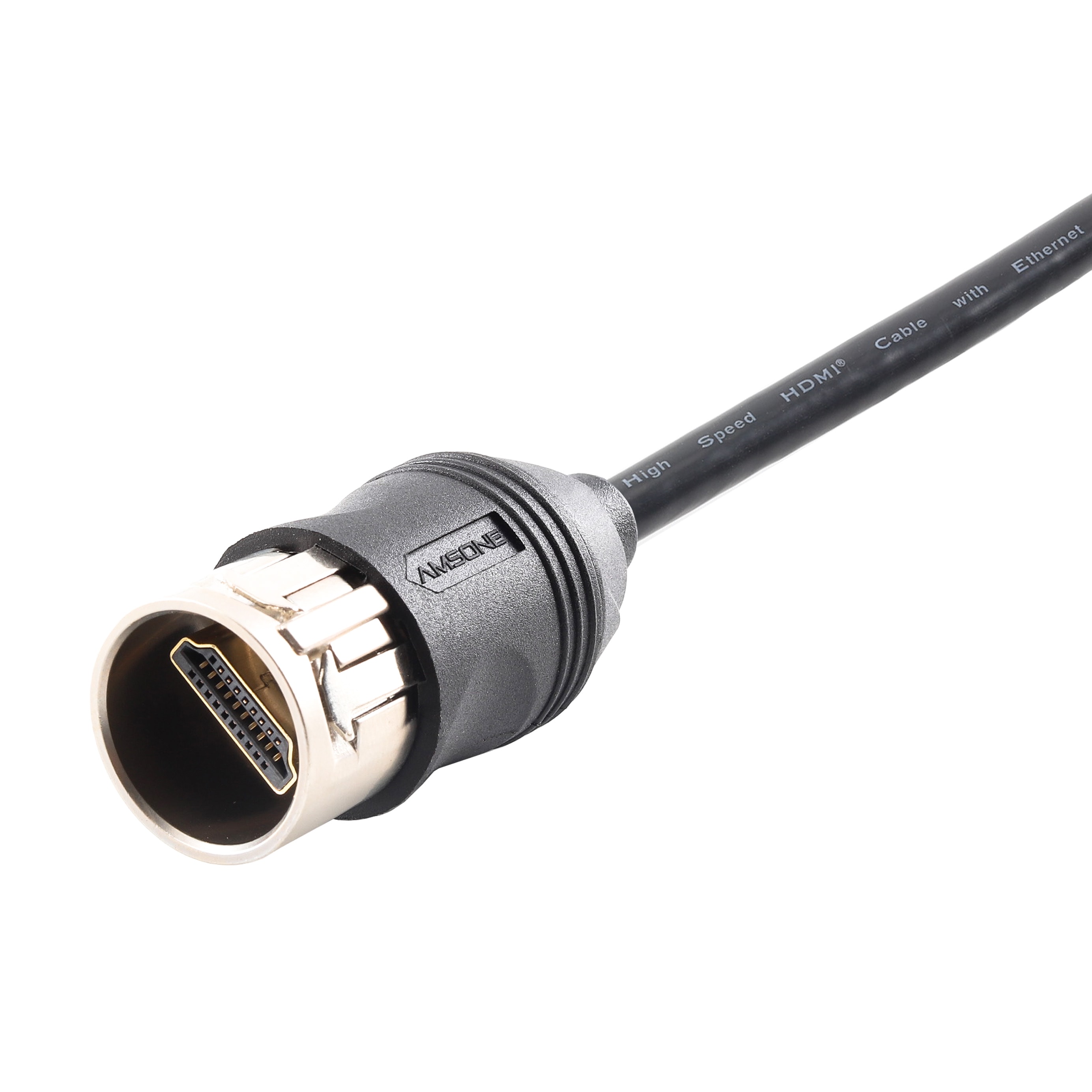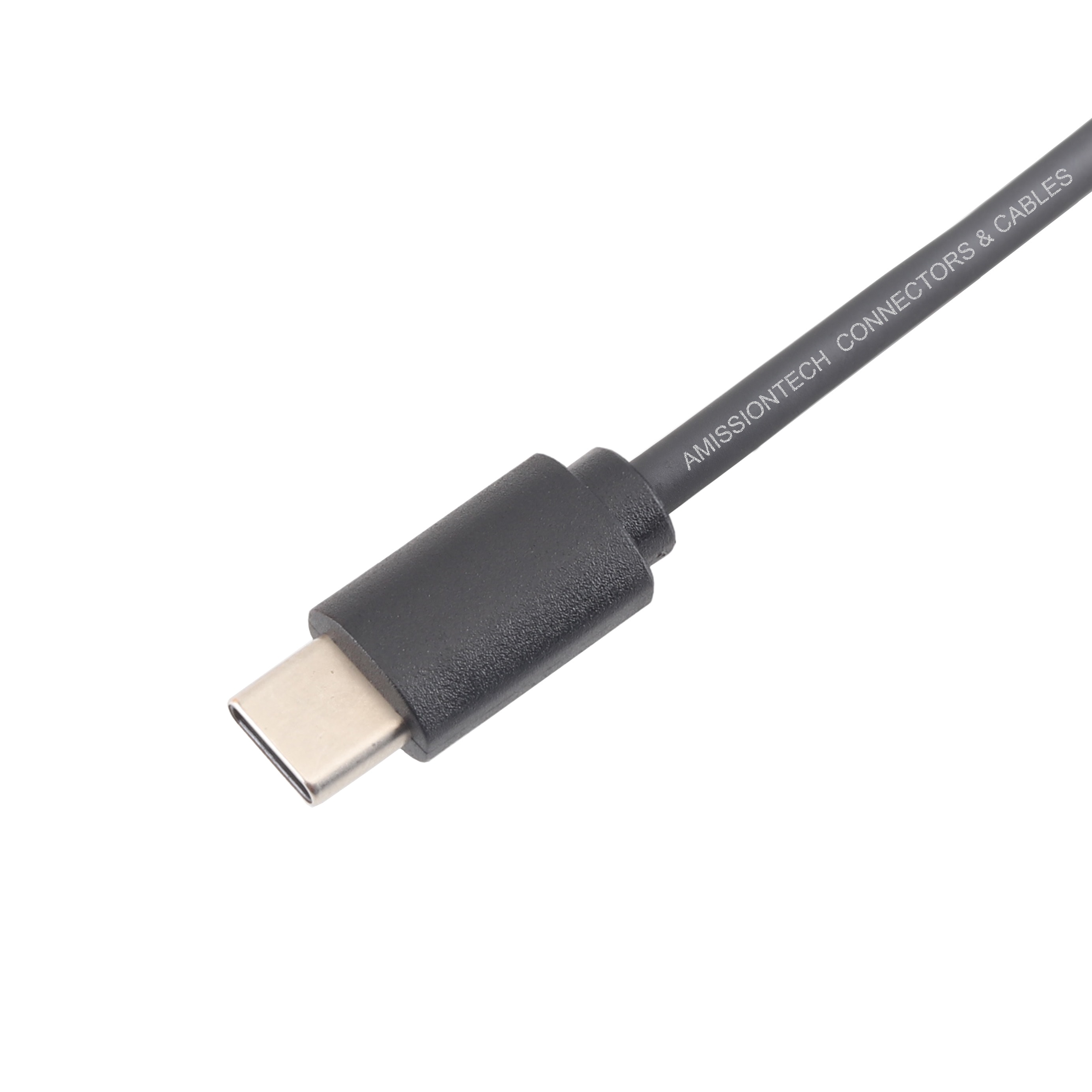In our modern world, cables are the invisible lifelines that keep everything running. From powering homes and offices to connecting us to the internet, different types of cables ensure that electricity and data flow without interruption. Choosing the right cable is not only critical for performance but also for safety and long-term reliability.
This guide explains the top 10 cable types and their uses, from internet connections to power supply, so you can better understand which cable fits your needs best.
1. Coaxial Cable
To begin with, one of the most well-known cable types is the coaxial cable. It is designed with a central conductor, an insulating layer, shielding, and a protective outer jacket. This structure makes it highly resistant to interference.
Main uses include:
Cable television (TV) connections
Broadband internet services
CCTV surveillance systems
Satellite and antenna installations
Because of its strong shielding, coaxial cable is reliable for long-distance installations. The two most common sizes are RG-6 and RG-11. RG-6 is suitable for shorter drops (under 150 feet), while RG-11 is better for longer distances. Both are widely used by cable operators, telephone companies, and internet providers to transmit data, video, and voice.
Although coaxial cable has limitations compared to newer options like fiber optic, it remains a cost-effective and widely adopted solution in many applications.
2. Ethernet Cable (Network Cable)
Next, we move to the backbone of modern networking: the Ethernet cable. Ethernet cables are the backbone of wired networks, connecting computers, routers, switches, and servers to ensure reliable data communication. Available in multiple categories, such as Cat5e, Cat6, Cat6a, Cat7, and Cat8, each successive category provides higher data speeds and better shielding against interference, making them suitable for different networking environments.
Main uses include:
Home and office internet connections
Data centers and IT infrastructure
Gaming consoles and smart TVs
Video conferencing and streaming
Ethernet cables are categorized by performance: Cat5e, Cat6, Cat6a, Cat7, and Cat8. Higher categories offer faster speeds and stronger shielding. For example, Cat6 is now a standard for offices, while Cat8 is used in advanced data centers.
The structure of Ethernet cables includes twisted pairs, which help reduce electromagnetic interference. They may come as UTP (Unshielded Twisted Pair), STP (Shielded Twisted Pair), or SSTP (Screened Shielded Twisted Pair). The type chosen depends on the environment, with shielded versions recommended for noisy industrial areas.
One limitation of Ethernet is distance. Most cables support up to 100 meters, beyond which performance may drop without repeaters or switches. Still, Ethernet cables remain the most common solution for reliable and high-speed wired networks.

3. Fiber Optic Cable
When ultra-fast speed and long-distance communication are required, fiber optic cable is the answer. Unlike copper-based cables, it transmits data as light signals through glass or plastic fibers.
Main uses include:
High-speed internet backbones
Telecom and data centers
Undersea communication systems
Medical and industrial applications
The advantages of fiber optic cables are clear: they provide massive bandwidth, are immune to electromagnetic interference, and can transmit over much longer distances than copper. This makes them essential for future-proof networks.
The main challenges are cost and installation difficulty. Fiber is more expensive and requires careful handling, but its performance benefits make it the top choice for high-demand industries.
4. Power Cable
Another critical type is the power cable, which delivers electricity from a power source to devices, appliances, and machinery. These cables are heavily insulated to prevent hazards and are designed to handle different voltage levels.
Main uses include:
Residential and commercial electrical wiring
Industrial machinery and heavy-duty equipment
Underground and overhead power distribution
Power cables may use insulation types like PVC or rubber depending on where they are installed. Underground cables need strong protection against moisture and pressure, while overhead cables must withstand weather conditions.
The importance of choosing the right power cable supplier cannot be overstated. Poor-quality power cables can lead to overheating, energy loss, or even fire hazards.
5. Power Cord
While power cables are fixed installations, a power cord is a removable cable used to connect appliances and electronics to an electrical outlet.
Main uses include:
Computers, monitors, and printers
Household appliances like refrigerators and washing machines
Portable electronics and chargers
Different countries use different plug standards, such as Type A, C, G, or I. Therefore, choosing the correct type for your region is essential. Safety certifications also play a key role. A properly certified power cord reduces risks and ensures compliance with local regulations.
Although simple in design, power cords are vital for the safe and efficient use of electronics worldwide.
6. HDMI Cable
In entertainment and multimedia, the HDMI cable has become the universal standard. It transmits both high-definition video and multi-channel audio through a single cable, replacing older analog connections and simplifying setups. This allows for a clear and reliable signal without degradation over short or moderate distances.
Main uses include:
TVs, projectors, and monitors
Gaming consoles and Blu-ray players
Home theater systems
Professional video presentations
Using the right HDMI cable ensures consistent performance, minimizes signal interference, and enhances both home and professional multimedia experiences. Its reliability and simplicity make it an essential cable in today’s digital environment.
7. USB Cable
USB (Universal Serial Bus) cables are essential for connecting, powering, and transferring data between a wide range of electronic devices. From smartphones and tablets to laptops, printers, cameras, and external storage, USB cables provide a standardized and reliable connection that supports both data and power transfer. Over the years, USB technology has evolved from USB 2.0 to USB 3.0, 3.1, and the latest USB-C standards, offering faster data transfer rates, higher power delivery, and improved versatility.
Main uses include:
Smartphones, tablets, and laptops
External hard drives and storage devices
Printers, scanners, and cameras
Charging and power delivery
Choosing the right USB cable ensures efficient data transfer, stable charging, and device protection. High-quality cables reduce signal loss, prevent overheating, and extend the lifespan of connected devices, making them a reliable choice for both personal and professional use.

8. Audio Cable
For sound transmission, audio cables are used in both analog and digital formats.
Main uses include:
Common types include 3.5mm AUX cables, RCA cables, and optical audio cables. While AUX and RCA are common in consumer electronics, optical and XLR cables are widely used in professional audio systems.
High-quality audio cables help reduce noise and distortion, ensuring clear sound output.
9. Telephone Cable
Although not as common today, telephone cables still play a role in communication systems.
Main uses include:
These cables are usually made of twisted copper pairs. Even though mobile and fiber networks have replaced them in many areas, telephone cables remain important in certain infrastructures and backup systems.
For some regions, especially in rural areas, they are still essential for reliable voice and data transmission.
10. Charging Cable
Finally, one of the most used cables in our daily life is the charging cable. It often overlaps with USB standards but is specialized for powering devices.
Main uses include:
Fast-charging cables are now in high demand as people rely heavily on portable electronics. Choosing the right cable ensures not only speed but also battery health and device safety.
Durability and compatibility are the key factors when selecting charging cables, as low-quality ones can quickly wear out or damage devices.
Why Choosing the Right Cable Matters
After reviewing these ten cable types, one thing is clear: using the right cable makes a big difference. A low-quality Ethernet cable can limit your internet speed, while a poorly insulated power cable can be a safety hazard.
When selecting cables, always consider:
Performance needs (speed, bandwidth, voltage)
Safety standards and certifications
Environmental conditions (heat, moisture, interference)
Compatibility and future-proofing
Working with a reliable industrial cable supplier ensures that your cables meet technical requirements and comply with safety regulations.
Conclusion
Cables may not always be visible, but they are at the core of modern life—powering our homes, connecting our devices, and transmitting data across the world. From coaxial cables for TV and internet to fiber optic cables for high-speed communication, each type plays an essential role.
Choosing the right cable is about more than just convenience—it is about safety, efficiency, and long-term reliability. Whether you need Ethernet for your office, HDMI for your home theater, or power cables for industrial machinery, the right choice makes all the difference.
If you are looking for high-quality, certified, and reliable solutions, Amissiontech is your trusted industrial cable supplier. With a wide range of products and a commitment to performance and safety, Amissiontech ensures that your systems run smoothly, no matter the application.

 EN
EN DE
DE JP
JP ES
ES SE
SE FR
FR IT
IT CN
CN 한국어
한국어 ภาษาไทย
ภาษาไทย بالعربية
بالعربية Nederlands
Nederlands Türkçe
Türkçe Język polski
Język polski Tiếng Việt
Tiếng Việt Zulu
Zulu Bahasa Malay
Bahasa Malay


